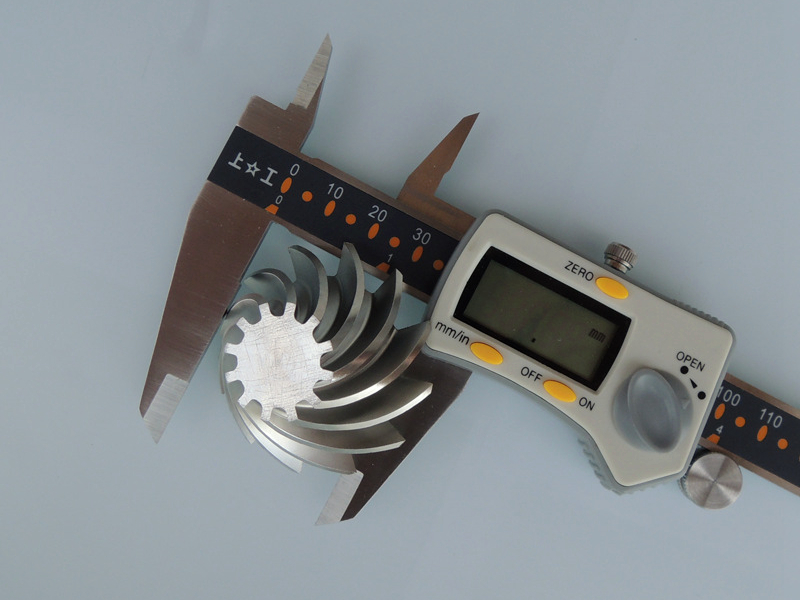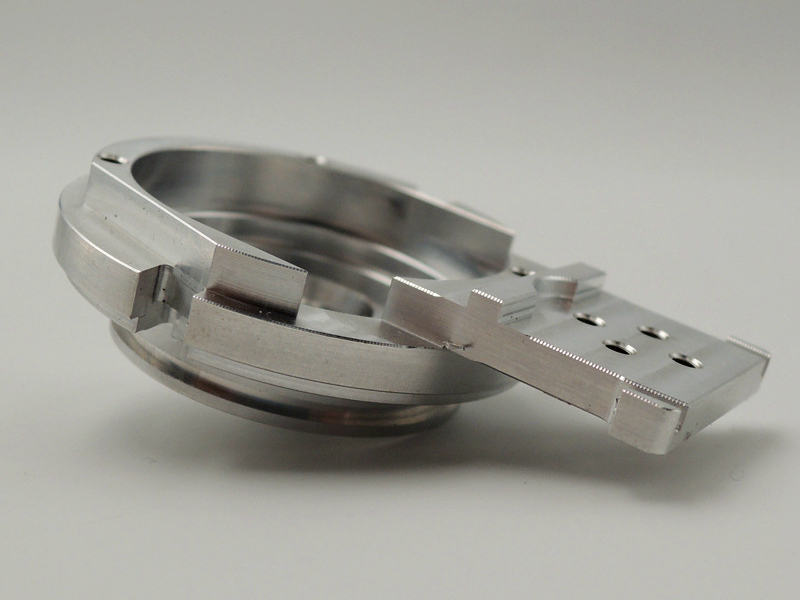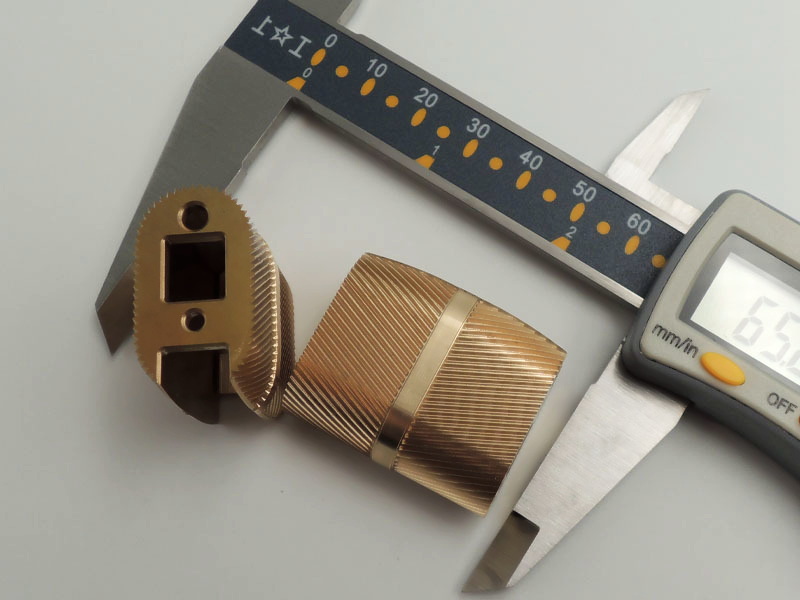Is powder coating suitable for tight-tolerance CNC machined components?
Is Powder Coating Suitable for Tight-Tolerance CNC Machined Components?
Evaluating Powder Coating for Precision Machined Parts
Powder coating is widely recognized for its durability, corrosion resistance, and aesthetic versatility, but its suitability for tight-tolerance CNC machined components depends on the specific dimensional requirements and part design.
Coating Thickness and Dimensional Impact
Typical powder coating applications result in a film thickness ranging from 60–120 μm (0.0024–0.0047 inches). This added layer is uniform but non-selective—it adheres to all exposed surfaces, including precision-critical areas such as threads, mating surfaces, and alignment features. For components with tolerances tighter than ±0.05 mm (±0.002 in), this thickness can cause dimensional interference, affecting fit or function.
To accommodate this, designers must consider one of two approaches:
Masking critical areas during the coating process using high-temperature tape or silicone plugs to protect tight-tolerance surfaces.
Machining compensation by undersizing or offsetting surfaces that will receive powder coating, based on the expected cured film build-up.
At Neway, we regularly adjust CNC machining strategies to account for downstream finishes like powder coating. We can maintain tolerances as tight as ±0.01 mm before coating and implement selective masking on features requiring functional precision.
Best Practices for Coating Precision Components
Avoid powder coating threads or press-fit features unless masked.
Use epoxy or polyester-based powders with tight particle distribution for more consistent thickness control.
Request post-coating dimensional verification if fit is critical.
For parts requiring sub-±0.05 mm accuracy post-finish, consider alternative coatings like anodizing or PVD coating.
Related Precision Services for Tolerance Control
Neway delivers precision machining services with pre- and post-processing expertise tailored for surface treatments. Our engineering team assists in design-for-manufacturability (DFM), masking strategy, and final tolerance validation.
We also provide:
If your part requires cosmetic durability and precision fit, we ensure both through tightly controlled machining and post-treatment expertise.



